India, being a patriarchal society, hasn’t been able to give its women a substantial amount of respect that they deserve. Cases of gender discrimination are heard on a daily basis. Partially the root of these problems lies in our tradition and values that have been shaped by our religion and mythologies which forms the base of our perception, attitudes and beliefs. These mythologies always concentrate on the male protagonist and his exploits. The women play the role of being the root cause of the problem in these epics or are portrayed as victims or as passive observers. This in turn affects the mentality of our society as these values get embedded within us and shapes our thinking, perspectives and personality and becomes a social trend. To change this outlook of our society, some of the Indian writers have started a new trend. They are recreating these mythologies from the viewpoint of the female characters which help us to understand these epics from a completely new perspective. The way we look at a story changes when the perception of the narrator changes. So, the way the story and actions are perceived and interpreted by a male character will certainly vary from that of a female character.
Retelling of the epics can play an important role in supporting the agenda of women power. Reinterpreting the different layers of the mythology can show the dynamic role of the Indian woman, in the past as well as in contemporary society. It helps to analyse how different a woman’s perspective is from a man’s perspective. These retellings don’t revolve around the males of the mythology as narrated earlier, rather it focuses on the motion of the female characters and their points of view and their contributions that led to the progress in the narrative. Re-visioning myth is a method of emancipation by which tradition gets re-invented and man-made laws are subverted.
Revisionist Mythology includes literature revolving around the myths, fairy tales or other genres related to it. It involves reinterpreting the old tales to create new texts by retelling them from the female character’s perspective or recreating the story to change the image of the women characters from a passive object to an active participant in the events of the story.
The two Indian epics, The Ramayana and The Mahabharata, are well known to everyone. The Ramayana, written by Sage Valmiki, revolves around the adventures of Rama, the Prince and later the King of Ayodhya. While Vyasa’s The Mahabharata revolves around the rivalry of the Kauravas and Pandavas of the Kuru dynasty with Krishna playing a pivotal role. The readers look at these epics from the male point of view and hence the aspects, actions and situations are generally analysed from the patriarchal views. But when we look at these stories from a woman’s point of view, the same age-old story starts giving the readers many fresh and new dimensions to look at. Hence Revisionist mythmaking can play a very important role in subverting the traditional images that have been assigned to many of these women in mythology. The way they have been looked at by the readers since ancient times may change as well. The readers used to look at them from other’s perspective but now through these retellings, the readers will get an opportunity to enter the world of these women characters from the women character’s point of view.
Literature plays a very pivotal role in influencing the society deeply, it can also become instrumental in reforming the patriarchal thinking to provide women better status in the society. The mythologies and epics mostly have not given enough opportunities for the development of the women characters to their full potency. The contemporary retellings have tried their hand on reconstructing the epic from women’s point of views. This gives us a chance to see the same narrative differently.
According to Carol P. Christ (2015), it’s very important to tell women’s stories. For her stories give articulation to experiences. “Without stories a woman is lost when she comes to make the important decisions of her life. She does not learn to value her struggles, to celebrate her strengths, to comprehend her pain. Without stories she cannot understand herself. … If women’s stories are not told, the depth of a woman’s soul will not be known.” She further writes, “Women live in a world where women’s stories rarely have been told from their own perspectives. The stories celebrated in culture are told by men. Thus, men have actively shaped their experiences of self and world, and their most profound stories orient them to what they perceive as the great power of the universe. …. Of course, women appear in the stories of men, but only in roles defined by men-usually mothers, wives, sisters, lovers, nurses, assistants or whores.” She aptly describes why it is important to have stories written from the perception of women and written by women. These stories are needed to inspire women to fight their struggles, to celebrate their life, to admire their strengths as well as weaknesses. So, it is very important to portray events from the perception of women. And that is why the contemporary writers have started the trend of re-visioning the myths from women’s perspective.
This book focuses on nine women from mythology who were strong, courageous and ahead of their time. We have always known Mandodari as Ravana’s wife. But do we know who Mandodari was? How was her nature? How did she react when Ravana brought Sita? How did she feel when Ravana was killed? Similarly, our culture has made Sita an example of faithfulness, chastity, purity, loyalty, obedience and selflessness. But have we wondered how she might have felt when she was asked to prove her loyalty to her husband repeatedly? What she might have thought of her husband when he abandoned her during her pregnancy to maintain the ‘maryada’ of a king? What was Ahalya’s thought when she was turned to a stone by her own husband Gautam? Was Menaka so heartless to give up her daughter so easily? How Amba felt when her life suddenly became upside down due to Bhisma? How did Satyavati who was a fisher woman become the matriarch of the great Kuru dynasty? Why did Gandhari accept the life of darkness? How Ganga killed her children being a mother? How did Kunti feel when her sons the Pandavas and her first born Karna became enemies for life? We all know Draupadi was generally considered the reason for the Great war but was Draupadi responsible for the greed that the men of Kuru dynasty harboured for the kingdoms. Was she responsible for marrying the five brothers for which she was humiliated all her life? Born from the sacrificial fire of revenge, she was always blamed that her desire of revenge was the reason for the destruction of the Kuru dynasty. But was it so? All these answers can be found if we analyse the mythology from the women’s perspective. The selected retellings used in the work help us to find the answers to these questions.
The nine women- Mandodari, Sita, Ahalya, Menaka, Satyavati, Gandhari, Kunti, Amba and Draupadi have been analysed in this work from the work of many revisionist mythmaking writers irrespective of their gender. Analysis of these women’s role in the mythology might be a small step towards changing the way people look at these characters. In their own way, the book aims to interpret these women as strong role models for the contemporary women to look forward to in mythology. The perspective of women might challenge the patriarchal mindset of the society and influence the cause of gender sensitisation and women empowerment. Let’s delve into the complex world of Mythology together.

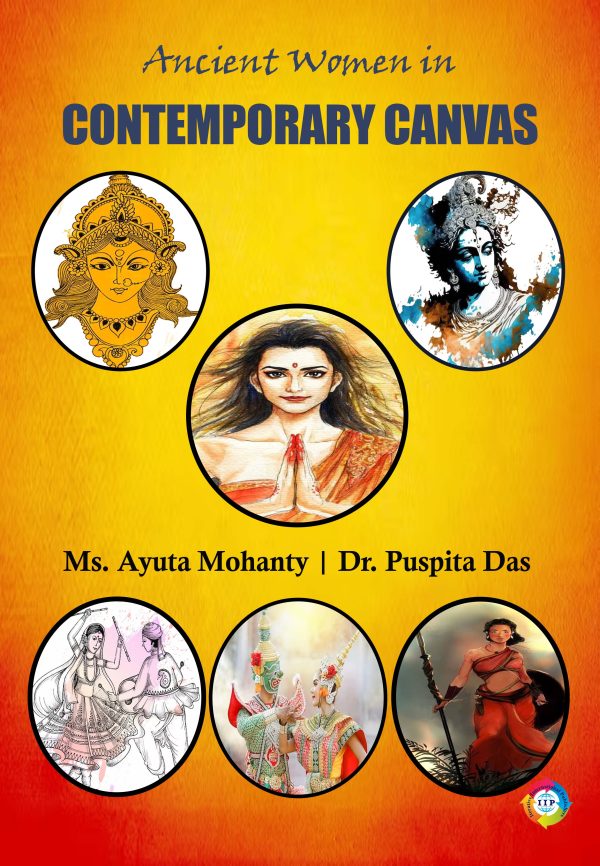
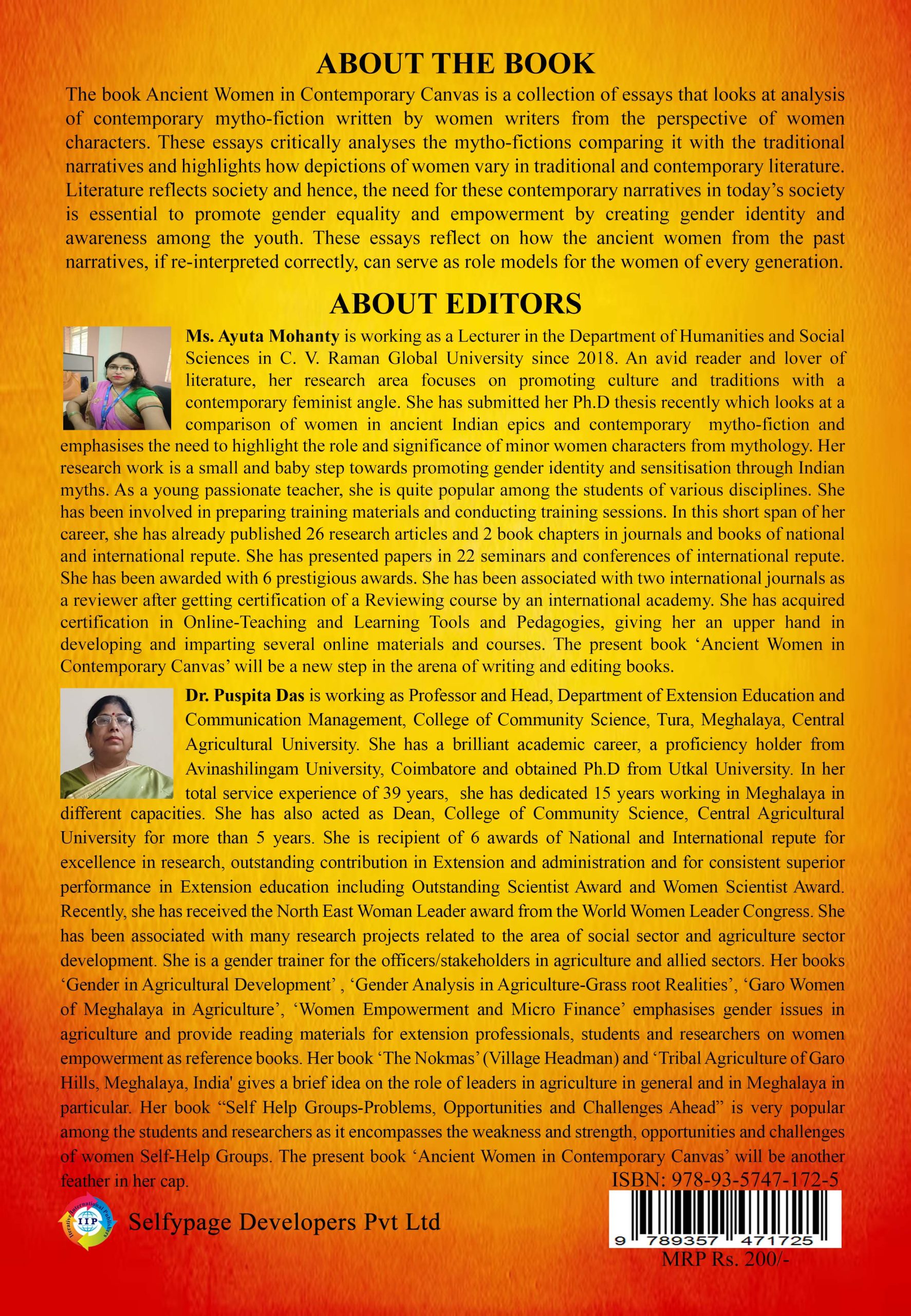

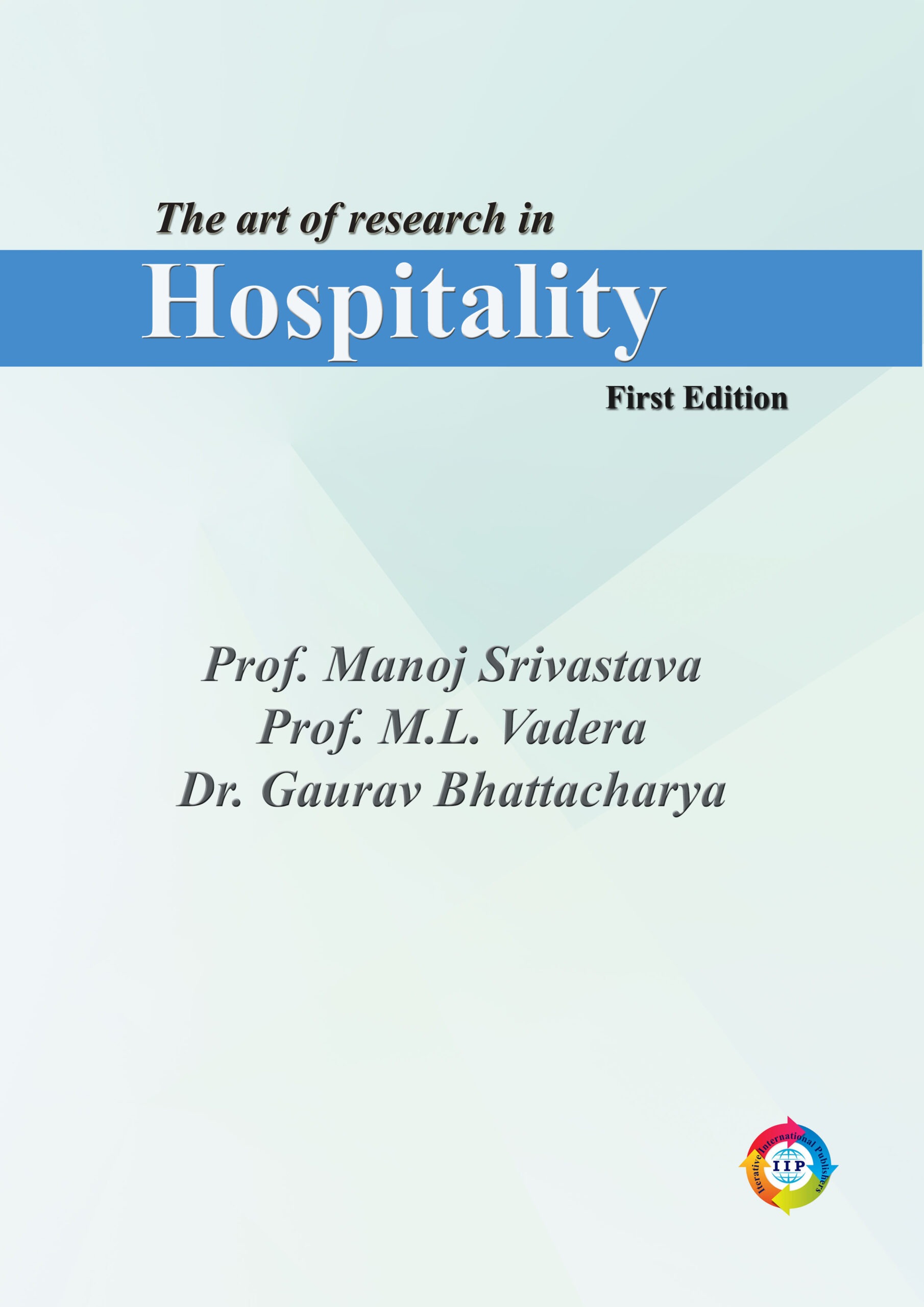

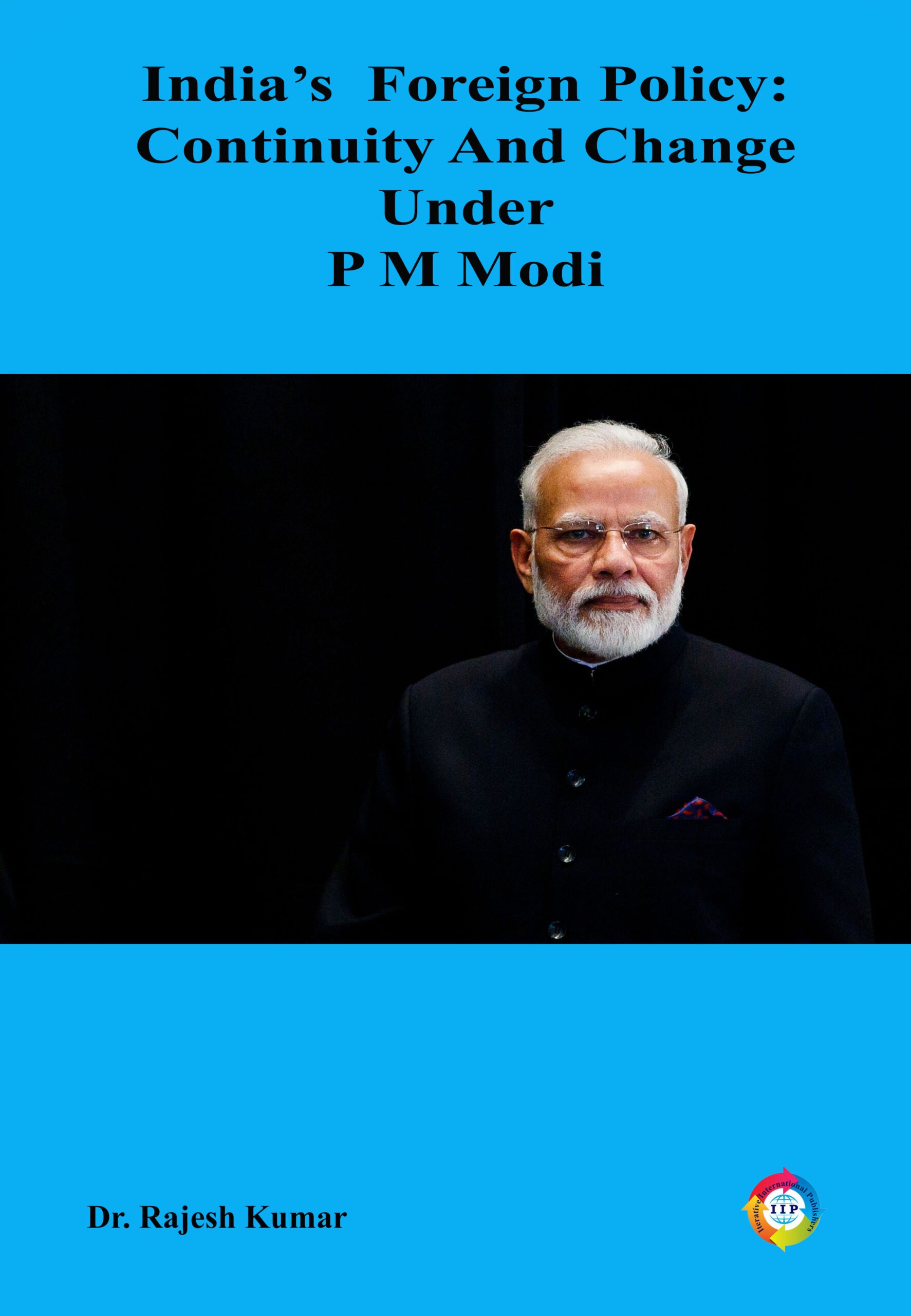

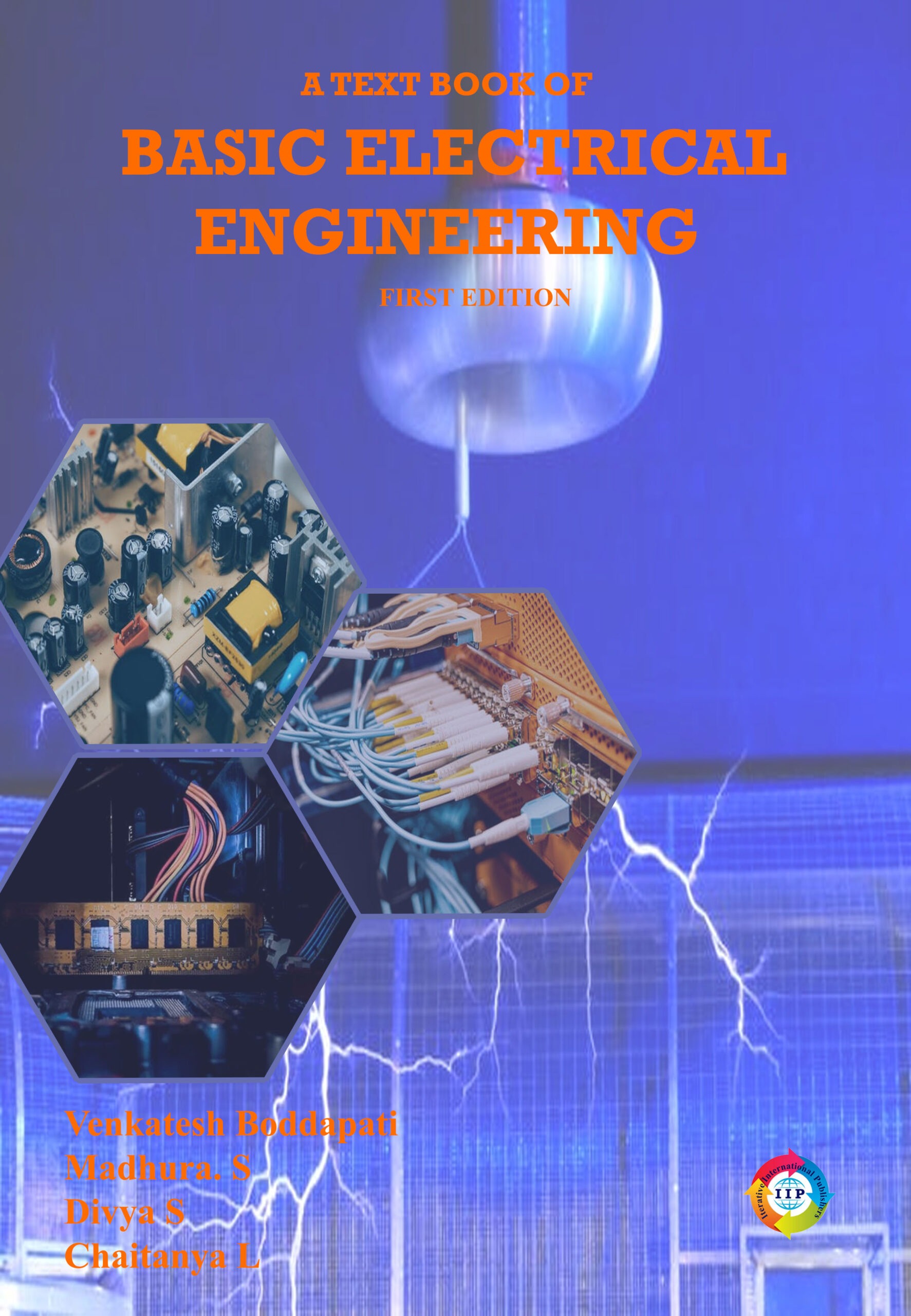
Reviews
There are no reviews yet.